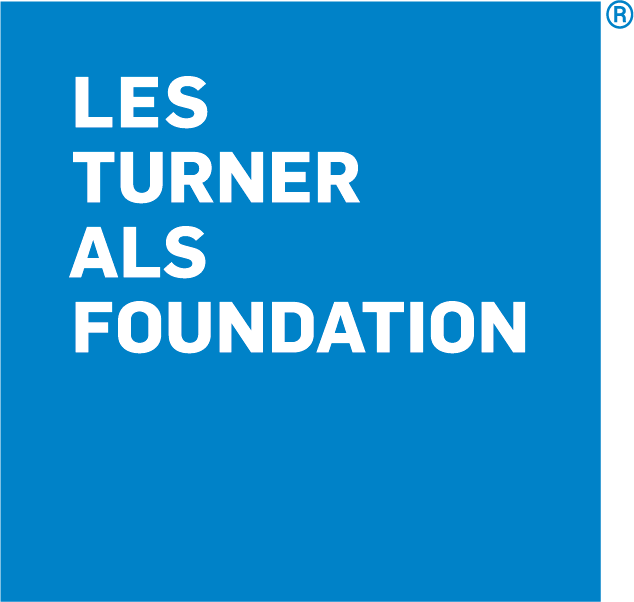Many people living with ALS find that their sleep is disrupted. But that disruption of their body’s 24-hour circadian rhythms might not just be a symptom of the disease. Researchers have found that this disrupted sleep actually contributes to the severity of neurodegenerative disorders.
 “Often times this disruption happens early in the disease, so if you could intervene, perhaps you could stave off the devastating consequences of ALS,” said Ravi Allada, a former Northwestern University professor in the Les Turner ALS Center at Northwestern Medicine who is now the executive director of the Michigan Neuroscience Institute at the University of Michigan.
“Often times this disruption happens early in the disease, so if you could intervene, perhaps you could stave off the devastating consequences of ALS,” said Ravi Allada, a former Northwestern University professor in the Les Turner ALS Center at Northwestern Medicine who is now the executive director of the Michigan Neuroscience Institute at the University of Michigan.
A sleep expert, Allada discovered that Ataxin-2, a protein known to be involved in neurodegenerative diseases like ALS, also helped keep the body’s internal clock that is responsible for sleeping and waking on a 24-hour rhythm. He and his collaborators found that when they eliminated the protein in fruit flies, their sleep-wake cycle was disturbed.
Allada and his team have also found that if the protein TDP-43 is expressed in the brain, circadian rhythms are disrupted. Aggregates of TDP-43 in the central nervous system are a hallmark of ALS.
Interestingly, Ataxin-2 mediates the effects of TDP-43 on circadian rhythms, restoring the body to its correct sleep-wake cycle. But Allada and his collaborators did not know just how this happened.
With a grant from the Les Turner ALS Foundation, Allada’s lab used a fruit fly model to try to discover how Ataxin-2 does this. Fruit flies share 75 percent of their genes that cause disease with humans, giving scientists a simpler model to study genes at a faster rate.
The team expressed a form of TDP-43 in the fruit fly, then searched for which RNAs the Ataxin-2 proteins bind to. Then, they got rid of the Ataxin-2 gene and measured how that changed RNA levels in the fruit fly.
The team found four candidate genes that could be responsible for mediating the effect of TDP-43 in the brain.
“It’s possible that the toxic effects of TDP-43 could be reduced if we can get rid of a certain gene,” Allada said. “It’s too early to say whether these genes could be a target for treatments, but they do tell us more about how TDP-43 exerts its negative effects on the brain.”
Robert Kalb, director of the Les Turner ALS Center at Northwestern Medicine, said basic science research like this is important to ultimately understand how ALS works. “Understanding the cellular processes controlled by Ataxin-2 as they may give insight into ALS disease mechanisms,” he said.
Allada hopes to take these results and continue the research with a larger grant from the National Institutes of Health.
“Grants from the Les Turner ALS Foundation really play an important role in exploratory work like this,” he said. “It gives us the power to discover new clues, a new needle in the haystack that might lead to new treatments.”


